Hi there, pet lovers! 🐦
Sparrows are among the most common birds in the world, found in nearly every region where humans live. These small, lively songbirds are often associated with cheerfulness, resilience, and adaptability. While they are usually seen in the wild, some people encounter orphaned baby sparrows and choose to raise them, while others consider keeping sparrows as pets.
In this review, we’ll explore everything you need to know about sparrows: their personality, care requirements, health concerns, availability, and whether they truly make good companion animals. Whether you’re considering raising a sparrow, rescuing a baby bird, or simply curious about these feathered neighbors, this guide will provide a clear, comprehensive picture.
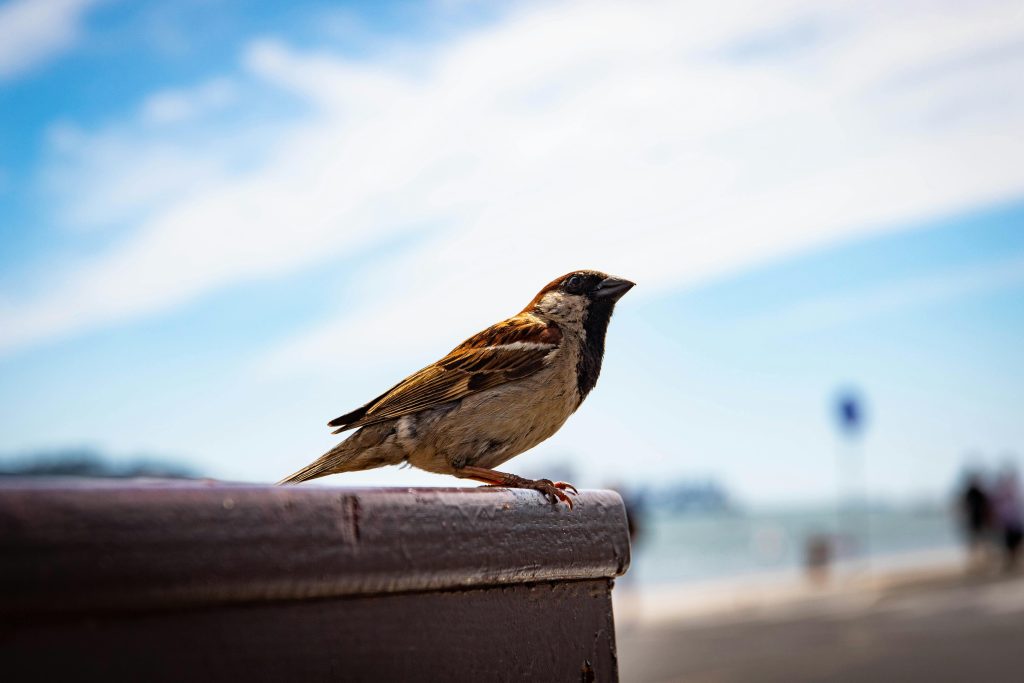
Overview
Sparrows are small passerine birds originally native to Eurasia, North Africa, and the Middle East, but today they are found worldwide. Known for their adaptability and cheerful chirping, they thrive in urban, suburban, and rural environments. Here’s a quick summary of what makes sparrows unique:
- Handling and Temperament: Active, alert, and social, but not naturally tame.
- Care and Maintenance: Require high dedication when young, easier as adults.
- Health and Durability: Hardy in the wild, but delicate when hand-raised.
- Availability: Wild birds, not typically sold in pet shops; often encountered as rescues.
- Cost: Low cost if rescued, but proper care setup can add expenses.
- Overall: Fascinating, resilient birds better suited to the wild, but can be kept in captivity under the right conditions.
Why Choose a Sparrow?
Sparrows appeal to many people because of their friendly presence in everyday life. Their cheerful chirping at dawn, lively flocks, and charming size make them a symbol of joy and community. For those who rescue an abandoned baby sparrow, raising one can feel deeply rewarding.
However, sparrows are not domesticated animals. Unlike parrots, canaries, or finches, sparrows are wild birds at heart. This means their behavior, needs, and long-term welfare must be carefully considered before attempting to keep one as a pet.
Reasons people are drawn to sparrows include:
- Emotional connection: Rescuing a baby sparrow creates a strong bond.
- Low size requirement: They do not need very large enclosures compared to bigger birds.
- Social nature: Sparrows are active, curious, and can become surprisingly interactive with caretakers.
- Cultural significance: In many cultures, sparrows symbolize simplicity, resilience, and freedom.
Still, sparrows are best appreciated as wild birds, and hand-rearing should only be done if a sparrow is truly orphaned.

Handling and Temperament
Sparrows are lively and energetic birds. They are not naturally accustomed to human handling, unlike domesticated species such as budgerigars or canaries.
Personality Traits
- Alert and cautious: Sparrows retain strong instincts, making them quick and reactive.
- Social but independent: They interact with other sparrows and may bond with humans, but rarely seek affection in the way parrots do.
- Vocal: Known for their constant chirping, sparrows can bring a lively soundtrack to any environment.
Handling Considerations
- Baby sparrows may imprint on humans if raised by hand, leading them to see humans as their “flock.” While this makes them tame, it can also reduce their survival chances if released.
- Adult sparrows generally dislike handling and can become stressed when restrained.
- They are delicate and can injure themselves if handled improperly, so they are best admired with minimal physical interaction.
Do Sparrows Bite?
Sparrows may nip if threatened, but their beaks are small and cause little discomfort. They are far less likely to bite aggressively compared to parrots.
In summary, sparrows are charming to observe and listen to, but not cuddly or hands-on pets.

Care and Maintenance
Raising or keeping a sparrow requires dedication, especially when dealing with nestlings or fledglings. Unlike adult wild sparrows, which forage freely, young sparrows depend entirely on caregivers for food, warmth, and safety.
Enclosure Setup
- Size: A single sparrow can be kept in a cage around 24 x 18 x 18 inches, though larger is always better.
- Environment: Include perches of varying sizes, swings, and safe branches.
- Hiding spots: Provide some cover to reduce stress.
- Safety: Wire spacing should be narrow (no more than ½ inch) to prevent escape.
Warmth
- Nestlings (no feathers): Require warmth of 85–90°F using a heating pad or lamp.
- Fledglings: Can tolerate cooler temperatures but still need a draft-free environment.
Feeding
Diet is one of the most important aspects of sparrow care.
- Nestlings (0–10 days): Feed every 15–20 minutes from sunrise to sunset. Food should be soft, high-protein, and at room temperature. Options include:
- Soaked puppy or cat food mixed with baby bird formula.
- Hard-boiled eggs mashed into a soft paste.
- Insects like small crickets, mealworms, or maggots (gut emptied first).
- Fledglings (10–14 days): Feed every 30–60 minutes. Introduce small seeds and softened grains alongside insects.
- Juveniles (2+ weeks): Begin offering wild bird seed mixes in shallow bowls while continuing protein-rich foods.
⚠️ Foods to Avoid: Bread, milk, kitchen scraps, and earthworms (toxic for captive sparrows).
Hydration
Young sparrows do not drink water directly. Their hydration comes from food. Water should never be dripped into their mouths, as this can cause aspiration. Once older, they can drink safely from shallow bowls or bird sipper bottles.
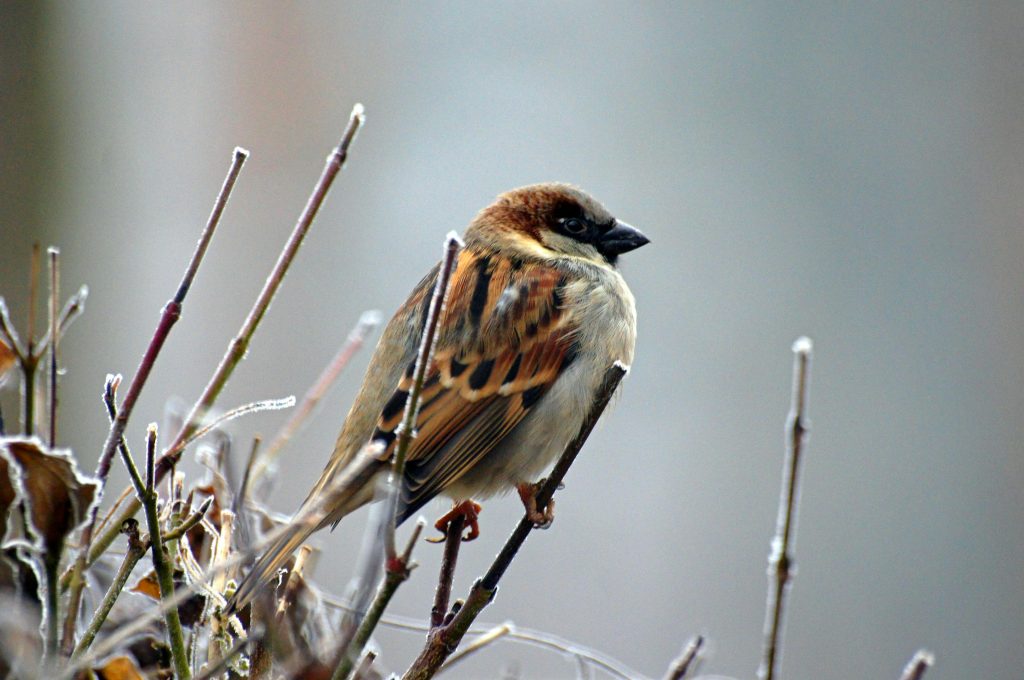
Health and Durability
Sparrows in the wild are hardy and adaptable, thriving in diverse environments. However, hand-raised sparrows are much more delicate.
Common Health Concerns
- Respiratory infections: Caused by poor hygiene or improper humidity.
- Dehydration: If fed improperly or not given moist foods.
- Malnutrition: Feeding bread or human foods lacking protein.
- Imprinting: Excessive human interaction makes release into the wild impossible.
Preventative Care
- Keep enclosures clean and dry.
- Provide a balanced diet with proper supplements (calcium, vitamins).
- Limit unnecessary handling to prevent stress.
Lifespan
- Wild sparrows: Average 3–5 years due to predators and harsh conditions.
- Captive sparrows: With proper care, can live 7–10 years.

Availability and Cost
Unlike parrots or finches, sparrows are not bred for the pet trade. Most sparrows encountered in captivity are orphans rescued from the wild.
Availability
- Rescue situations: Most common way people acquire sparrows.
- Wild populations: House sparrows are among the most widespread birds globally, with an estimated population exceeding 1.6 billion worldwide.
- Legal considerations: In some countries, native sparrows are protected by law. However, house sparrows are not protected in many regions due to their abundance. Always check local wildlife regulations before keeping one.
Costs
- Rescue cost: Free, if found.
- Setup cost: $50–$150 for cage, heating pad, and supplies.
- Food and supplements: Around $10–$20 monthly.
Sparrows are inexpensive to maintain but demand significant time and commitment, especially in their first weeks of life.
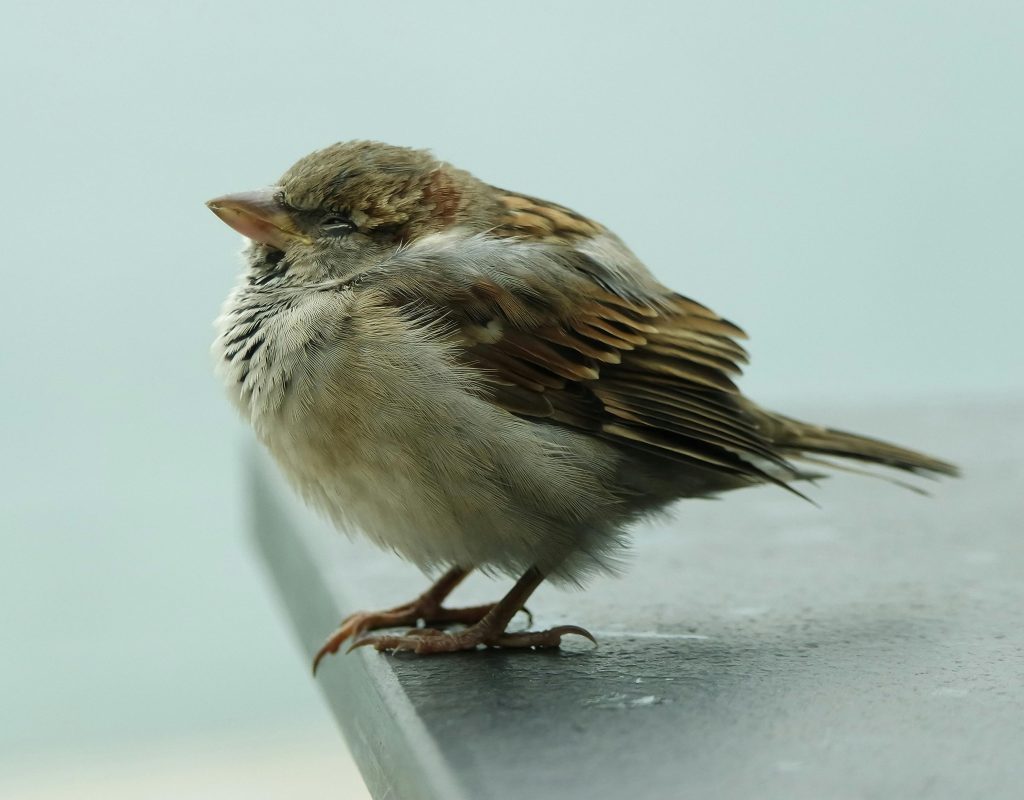
Pros and Cons
Pros
- Cheerful chirping and lively behavior.
- Small and adaptable, requiring less space than larger birds.
- Can bond with humans if raised from a young age.
- Low financial cost compared to exotic birds.
Cons
- Not domesticated, so less interactive than parrots or canaries.
- Require intense feeding schedules as babies.
- Risk of imprinting makes wild release difficult.
- Delicate in captivity, with high mortality when hand-raised.
- Legal restrictions in some areas.
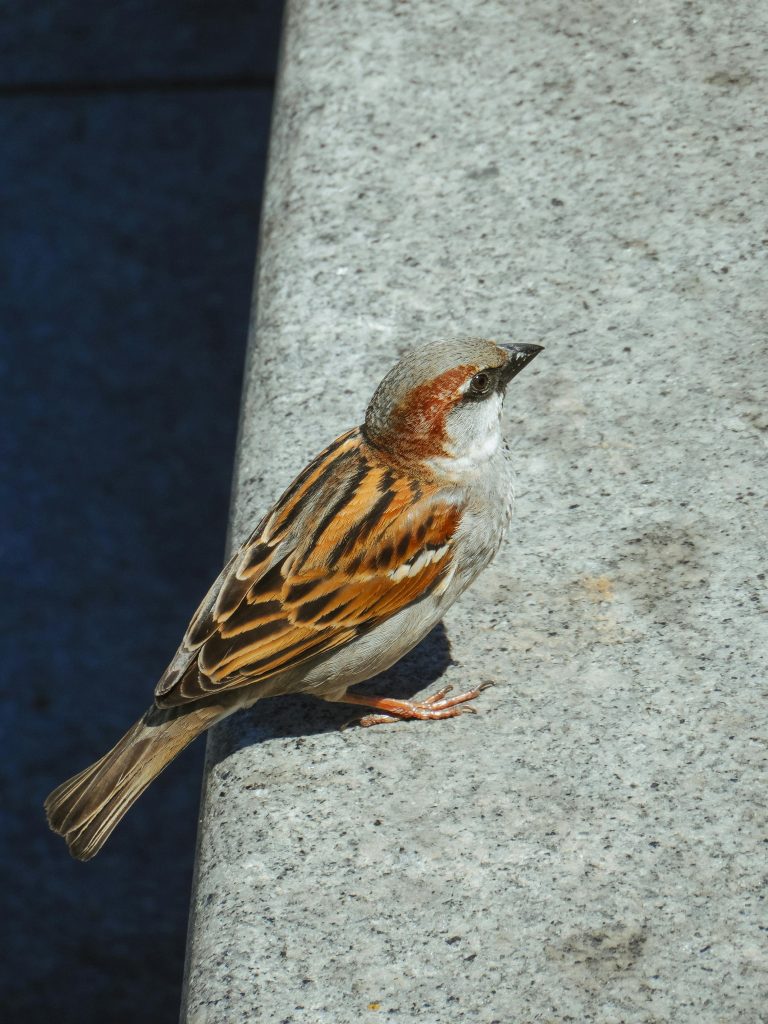
Final Thoughts
Sparrows are remarkable little birds, admired for their resilience, adaptability, and joyful presence. While they may seem like appealing pets, it is important to remember that sparrows are wild animals at heart. They thrive best in their natural environment, surrounded by their flocks.
For those who find and raise an orphaned sparrow, the experience can be rewarding but also challenging. Proper care requires knowledge, patience, and dedication, especially in the early stages. If the goal is to keep a sparrow long-term, expect a lively but independent bird that is better for observation than close interaction.
Ultimately, sparrows are better suited as symbols of freedom and companionship in our gardens and parks than in cages. However, when rescued and cared for properly, they can live long, healthy lives and bring much joy to their caretakers.
Have you ever raised or cared for a sparrow? Share your stories and tips in the comments below—we’d love to hear about your experiences.
For more bird care tips and animal reviews, stay tuned to our blog and don’t forget to subscribe to our newsletter! 🐦

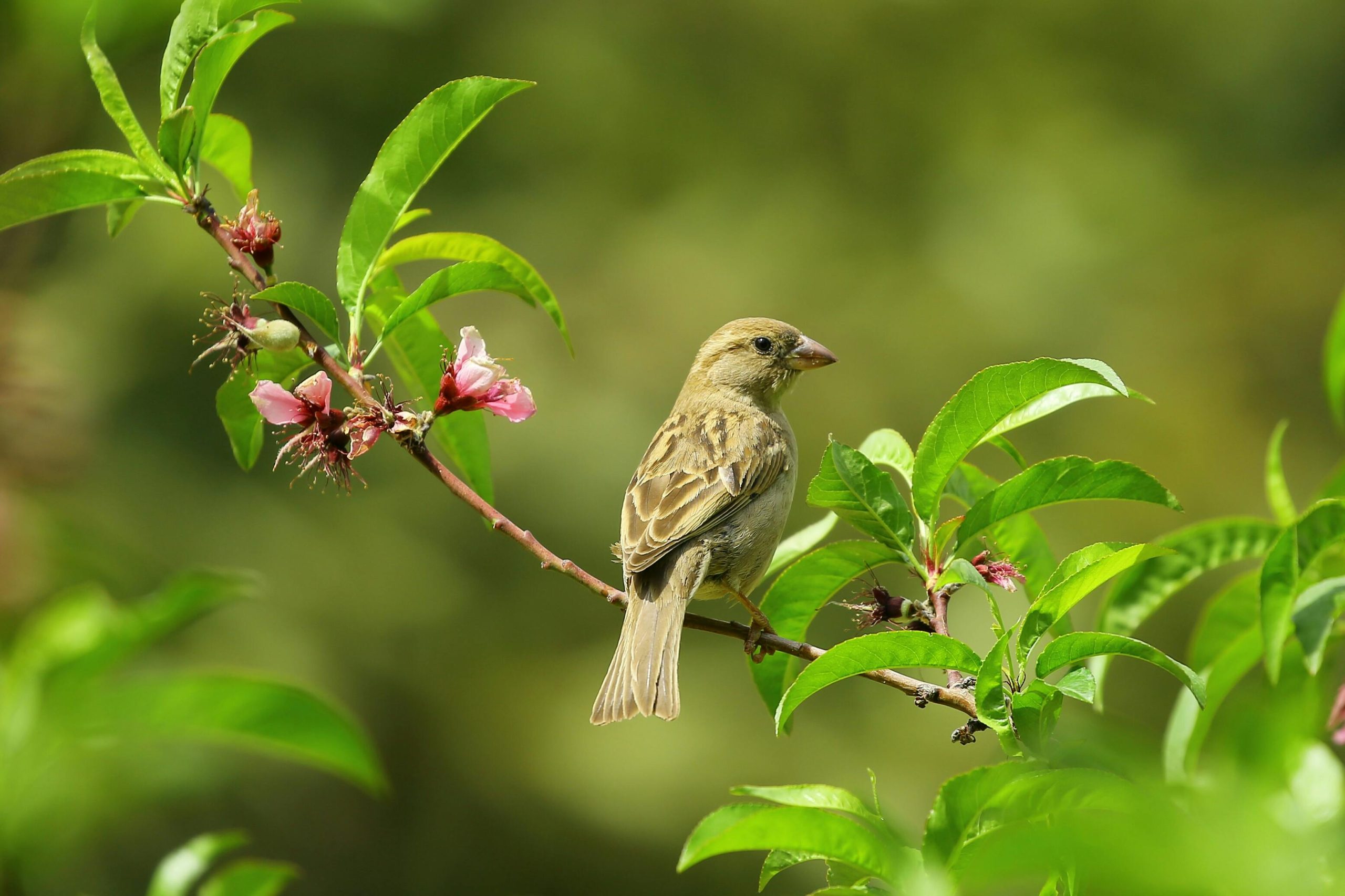

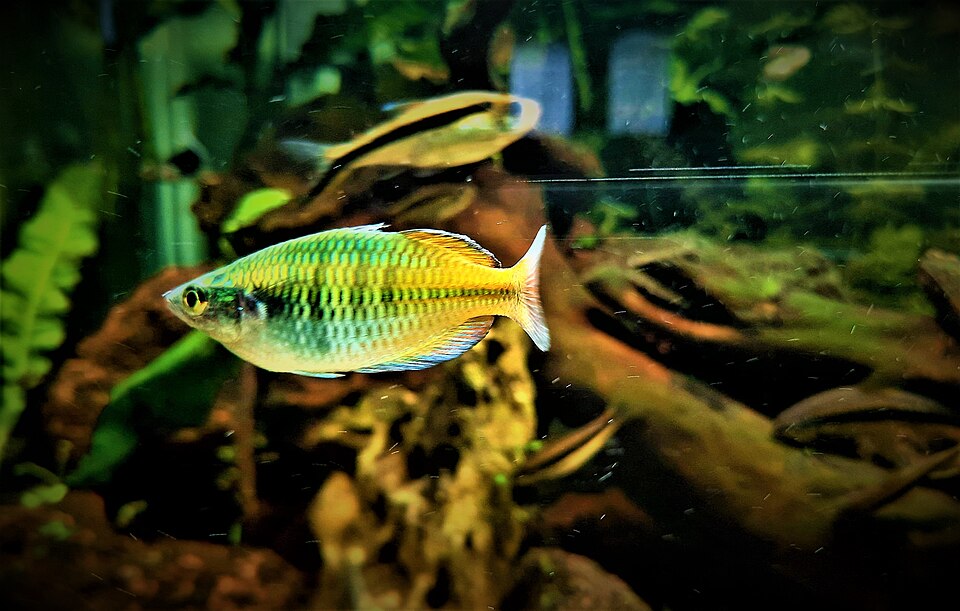
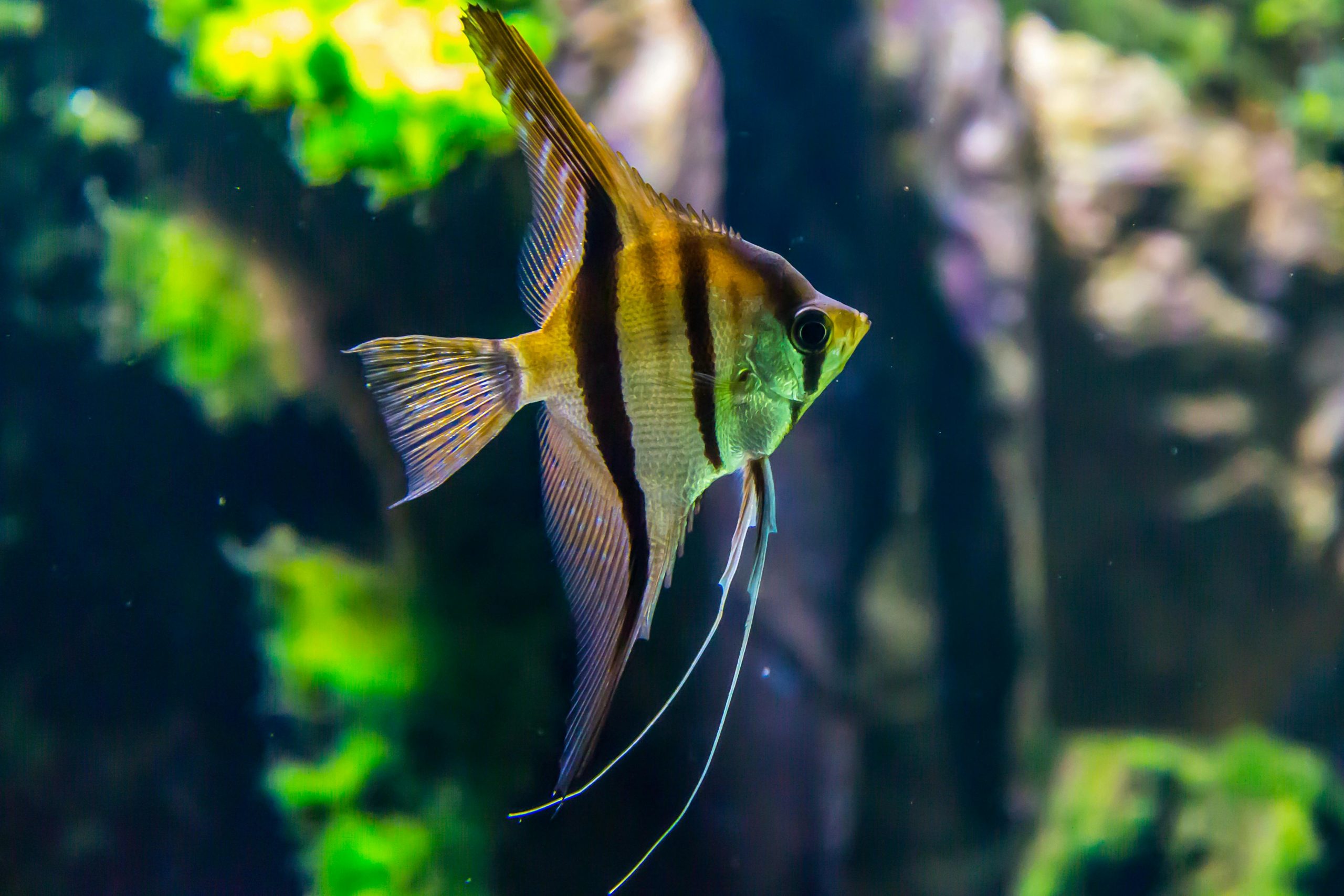
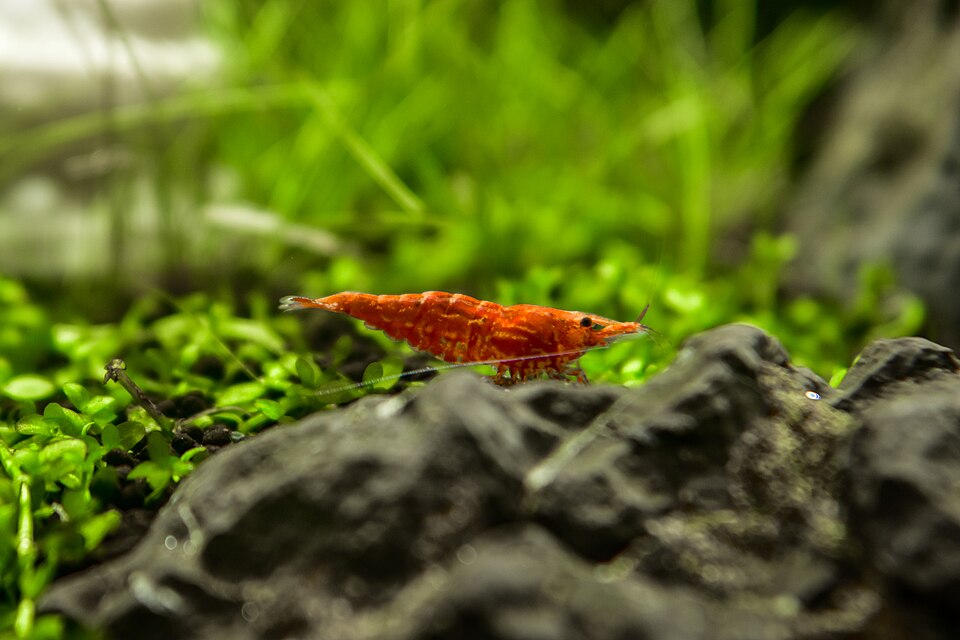


Leave a Reply